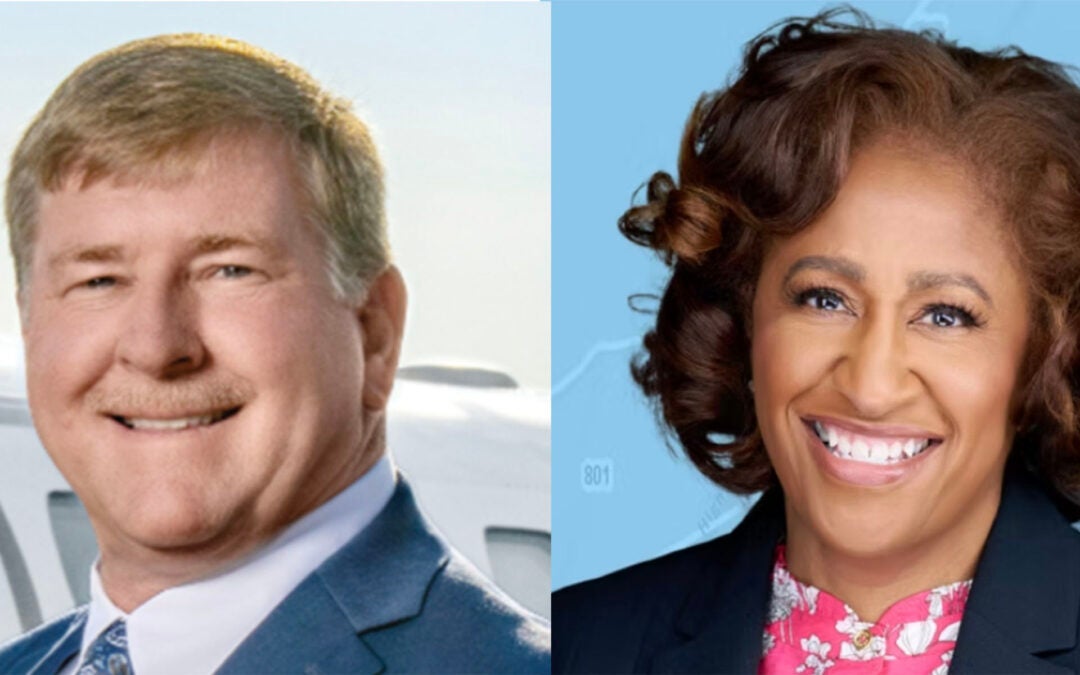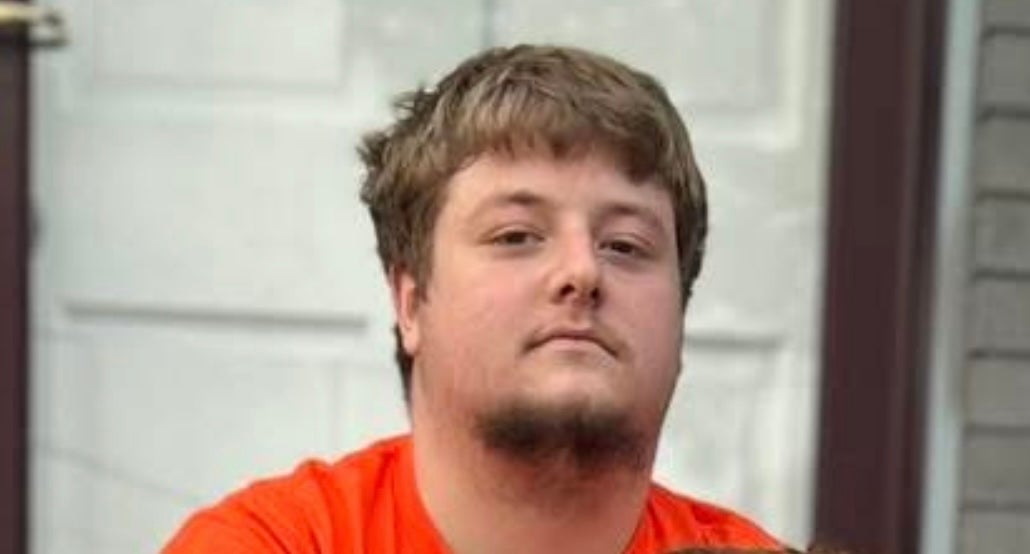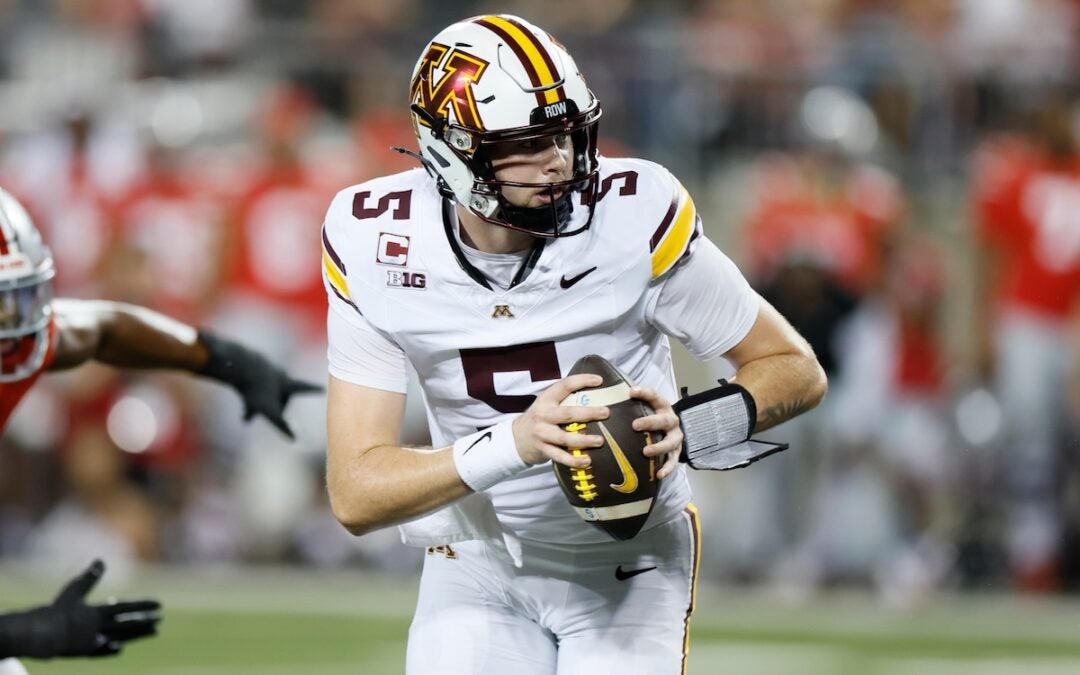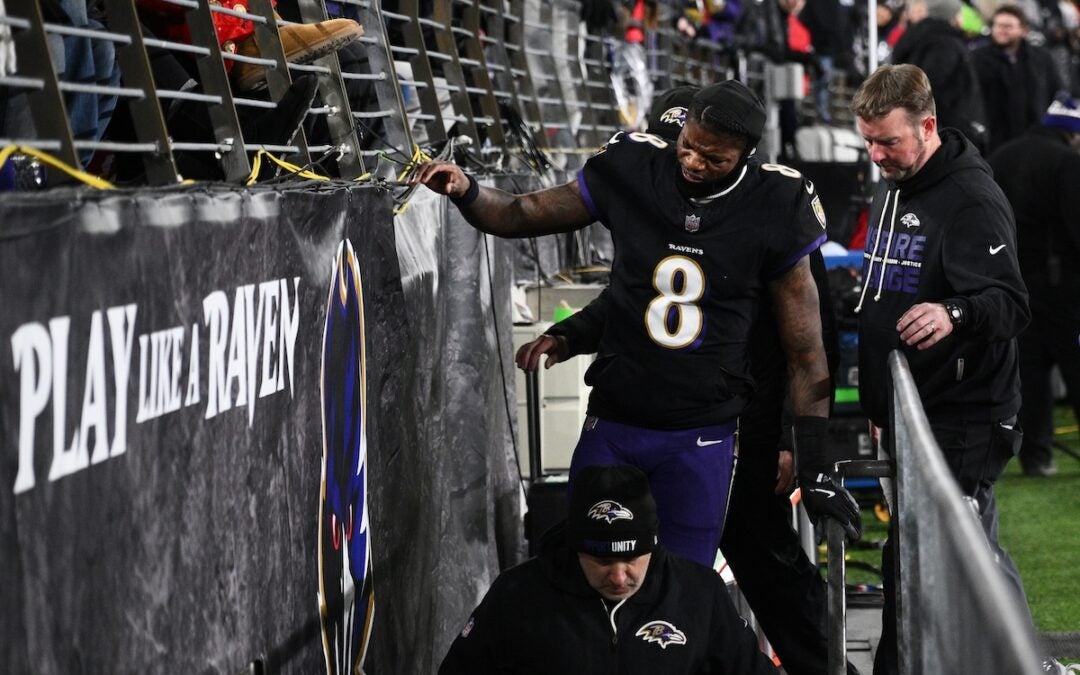In the mid-1950s, a new concept came along as the first wave of the Baby Boom generation began to come of age: the teen town.
In Augusta, three teen towns that sprung up; the Waterworks building on Central Avenue, the Sue Reynolds Center on Wrightsboro Road and Fleming Center on Lumpkin Road were all popular weekend night spots for almost two decades.
MORE: Lamar Building closer to reconstruction; Marion Building to go up for auction
According to local historian Doug Herman, there were several reasons for the emergence of the teen clubs.
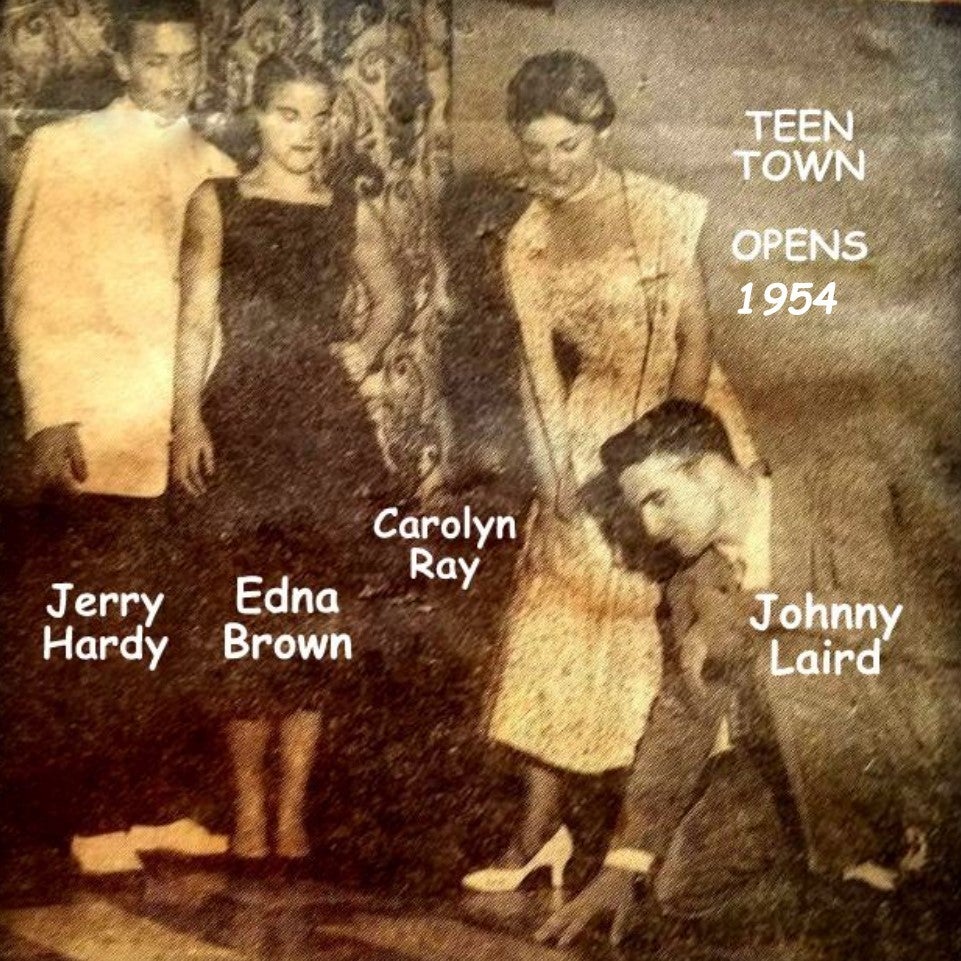
“As an adolescent boy, it was the only way to meet girls. Back then girls and boys went to co-ed schools, but they were separated on opposite sides of the building,” Herman said.
Being a teenager in America changed dramatically after World War II and the economic boom that followed.
For the first time, Madison Avenue saw a whole new marketing segment in teenagers. Magazines featuring the latest in teen fashion and hairstyles appeared in supermarkets, Elvis, Ricky Nelson, Fabian and Pat Boone blared from transistor radios and the ‘sock hop’ replaced the barn dances of the past.
Many teens sought out after school jobs and many were mobile and had access to a car, making them far more independent than the generations before.
So, what were the adults to do about this new freedom for teenagers and avoid juvenile delinquency? According to Herman, the Junior Women’s Club founded the first Augusta teen town in 1951.
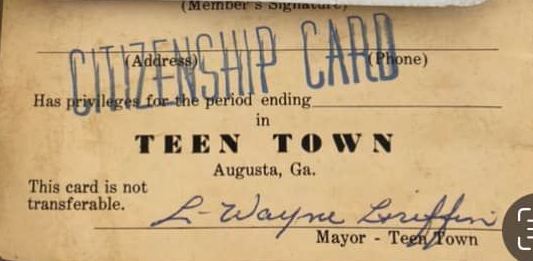
The popularity of the national television show American Bandstand, hosted by Dick Clark starting in 1956, took the fun little concept of teens getting together to play board games and sip Coca-Cola and turned it into a must-go experience in hopes that the local stations that aired their own “bandstand” would feature them on Saturday mornings sporting the latest fashions and trying out the new dance moves.
According to Herman, some parents objected to their kids attending as many protestant churches considered dancing a sin. The clubs reassured parents that chaperones were always present and the kids were not allowed to emulate “Elvis the Pelvis,” or “dance themselves into a frenzy.”
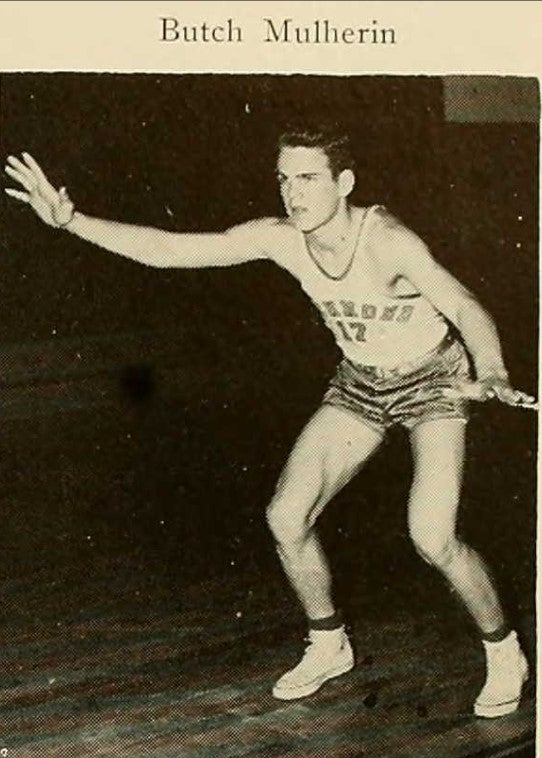
“There was the occasional fight, you know, boys being boys, but that always happened in the parking lot. Most of the time, everyone was well-behaved,” Herman said.
According to the Augusta Chronicle, a pre-fame James Brown was a popular featured performer.
Director John Waters would spoof the whole teen town experience in his 1988 movie “Hairspray.”
Herman says that he has fond memories of meeting his pals on the weekend and having a social club that was designed specifically for them.
“I remember the first ‘mayor’ of teen town was Butch Mulherin; he later on became a renowned doctor,” Herman said.
However, teenager society changed dramatically in the later 1960s as the so-called ‘Hippie” movement took hold as well as the Civil Rights Movement; many teenagers stopped going because they wanted independence away from a chaperone, others quit going in protest of the fact that the teen towns were segregated and only open to White kids.
By the mid 1970s, the teen town fad was fading.
In the 1980s, teenagers “cruising” on the weekends became a bit of a headache for law enforcement, so veteran Richmond County Sheriff’s Office Investigator Tommy Price decided to try and bring the concept back in 1987, named T.P. Cruisers, but the venture would only last for barely two years.

Unlike the teen towns of yore, which were sponsored by civic groups and held on city property, Price tried to modernize the concept by leasing a former grocery store on North Leg and installing strobe lights and a mirror ball to make the space look more like a nightclub for adults.
In an attempt to relive the old glory days, Price also invited WDRW Channel 12 to bring their cameras in and bring back the ‘bandstand’ aspect.
Price learned that the massive overhead of renting and powering a large building, but only collecting a small cover charge and selling soft drinks was not a business model that could survive.
However, that was not the total end for the teen town. In the 1990s, the concept of the ‘rave’ popped up, but the idea of a rave was the polar opposite of the original teen town.
Drugs ran rampant at the secret raves and law enforcement had to deal with breaking up the parties, which could last all night long.
…And that is something you may not have known.
Scott Hudson is the Senior Investigative Reporter and Editorial Page Editor for The Augusta Press. Reach him at scott@theaugustapress.com







